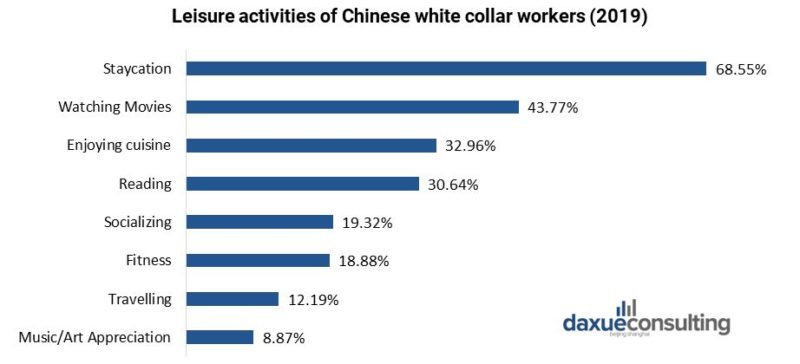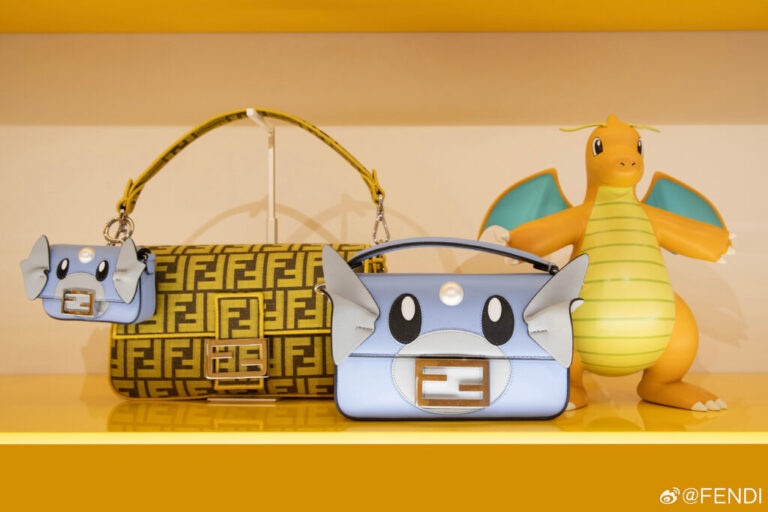Similar to western countries, white-collar workers in China are widely pictured as symbols of leisure-oriented lifestyles. With supposed decent pay, a nice office, and stylish clothing. However, with inflation and surging housing prices, white collars lead a more difficult life than expected. Drafted in early 2012, the criteria circulating on the internet that classify white-collar worker in China include: a monthly salary of no less than 20,000 yuan, owning an apartment with at least two bedrooms, and having a car that is worth around 150,000 yuan, especially in China’s first-tier cities, like/ Beijing, Shanghai, and Guangzhou. However, the so-called criteria set up six years ago is still hard to meet nowadays. According to a survey conducted by the job website Zhaopin.com, the average monthly salary of China’s white collars is 8,050 yuan in the first quarter of 2019.
Furthermore, white-collars’ life quality is harmed by the rising price levels, in particular, real estate. For instance, in Shanghai, the average sale price of residential real estate (2018) has already achieved 28,981 yuan per square meter, comparably most China’s white collars earn 8,000-11,000 yuan a month, covering one-third of residential real estate price. Therefore, it is still not easy for China’s white collars to keep a high profile under more significant living pressure.
Aspirations: the Chinese dream
White-collar workers in China work for a better life with a bigger apartment and a higher salary. However, they have to crowd on to buses and subways to commute to work every day. They need to save every penny they can to cover the creeping price of shelter, food, and transportation. That is only a simple life without children. After they get married, it becomes even harder for them to have a work-life balance. They struggle for marriage, children, house, and transportation. Meanwhile, they face high pressure from the workplace or opportunities for promotion. As a result, they finally spare less and less time for families. According to a survey that investigated 11,024 China’s white collars in 2019, more than 80% of white-collar workers reported that they have to work overtime every week; nonetheless, almost 70% were unsatisfied with their current wage.
In 2018, the confidence index of white-collar workers in their career development in China was 3.71 points, a decline from 3.95 points in 2017. No wonder that middle-class dream is fading for China’s white collars. More than 50% of the investigated white-collar workers thought that their current life was not as expected. The discrepancy between reality and ideal makes them feel pessimistic and frustrated. The ostracism from social circles because of job stress causes the feelings of loneliness and exclusion.
Consumption Habits of White Collar Workers in China
Monday through Friday Lunches
Most white-collar workers in China choose to have lunch at the company canteen. However, food delivery is becoming more and more popular, especially among young consumers in China. Compared to dining at the company canteen, food delivery is more flexible and provides more diversified choices.
The convenience store is another place that white-collar workers prefer to eat or buy lunch. Convenience stores, especially those in China’s first-tier cities, are located near or at the business centers, offering online order and delivery service. The majority of these convenience stores sell various ready-to-eat food at an affordable price. Therefore, it is an excellent choice for white-collar workers who want to save time and money.
Spare time life and business opportunities
High competition and fast work rhythm bring lots of changes to the lifestyle of China’s white collars. Almost 70% of investigated white-collar workers reported that they preferred to have a staycation and stay home during their spare time. Indoor activities, such as watching TV episodes/movies, playing mobile/computer games, and using online social network platforms, are widespread among China’s white collars. These fields have a rising market in China. For instance, the online games market in China rose from 89.2 billion (yuan) in 2013 to 235.5 billion in 2017.

[Source: 智联招聘,Report of White-Collar Workers’ Living Condition in China (2019)]
Pursuing a healthy lifestyle
An increasing number of white-collar workers in China are growing unhealthy. Heavy workload contributes to unhealthy habits such as staying up late and skipping exercises. The high pressure causes mental health problems, including anxiety and insomnia.
Consequently, white-collar workers in China are eager to take a healthy approach to life. They have become more willing to invest money and time into fitness. The fitness market in China is expected to reach 123 billion (yuan) in 2020, up from 70 billion in 2015. In 2018, the average number of active members in fitness clubs in China reach 352.
Additionally, white-collar workers in China also pay lots of attention to what they eat. They like organic food and health care products, pharmaceutical generics (such as tablets produced by Swisse and Blackmores) and traditional Chinese herbs (such as red date, wolfberry, and Dong Quai).
Identity and brand consumption
White-collar workers, especially those in China’s first-tier cities, have a desire to highlight their social status through conspicuous consumption. Meanwhile, they always grasp the new trend of fashion and want to be unique. They usually look for professional style clothes with high quality but remain relatively price sensitive. Hence, they have a high requirement for brand profile. They are the potential consumers for foreign and domestic luxury brands, especially luxuries’ secondary lines, such as Emporio Armani (comes from Giorgio Armani), REDValentino (comes from Valentino), and See by Chloé (comes from Chloé).
Such secondary lines maintain the value of the luxury brand for a relatively low price. Hence, these chic and distinctive design to get access to more middle-class consumers in China who want to look good on a budget. For instance, consumers in China can get a Joan from See by Chloé (the secondary line of Chloé) at 3,600 yuan, which has a similar design and materials with Faye Day from Chloé (valued 11,700 yuan), cutting down the price by nearly 70%. It is not surprising why luxury secondary lines gain market share in China’s white collars segment. These brands can match both their high standard of living and limited salary.
Let China Paradigm have a positive impact on your business!
Listen to China Paradigm on iTunes






